- Home
- slideshows
- miscellaneous
- WeWork and Elon Musk-founded OpenAI were among a group trying to turn a historic San Francisco Army post into a $200 million 'campus for change.' The park shot their proposal down cold.
WeWork and Elon Musk-founded OpenAI were among a group trying to turn a historic San Francisco Army post into a $200 million 'campus for change.' The park shot their proposal down cold.
Fort Winfield Scott is an army post in San Francisco with million-dollar views of the Golden Gate Bridge and the bay.

It was built as a US Army base in the early 1900s to house the Coast Artillery Corps and served as the headquarters for the defense of the Bay Area.

Source: Presidio
The fort sits on the western edge of the Presidio National Park, which also used to be an army base itself. It transferred to the National Park Service in 1994.
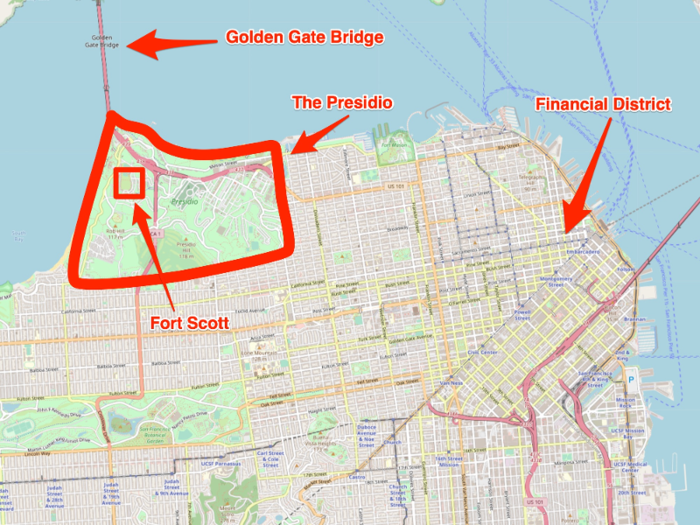
Source: The San Francisco Chronicle
The Presidio National Park is unusual — it's the country's only national park that Congress requires to be financially sustainable. That means that the Presidio Trust, the federal agency tasked with operating the site, is required to run the park without taxpayer money.
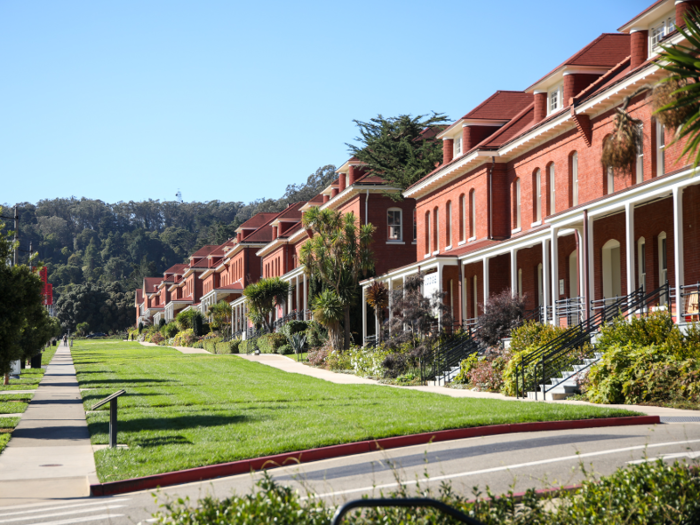
Source: Presidio
The park receives regular income through its tenants — much of the Presidio to the east of Fort Scott has been turned into offices, homes, museums, and tourist attractions.
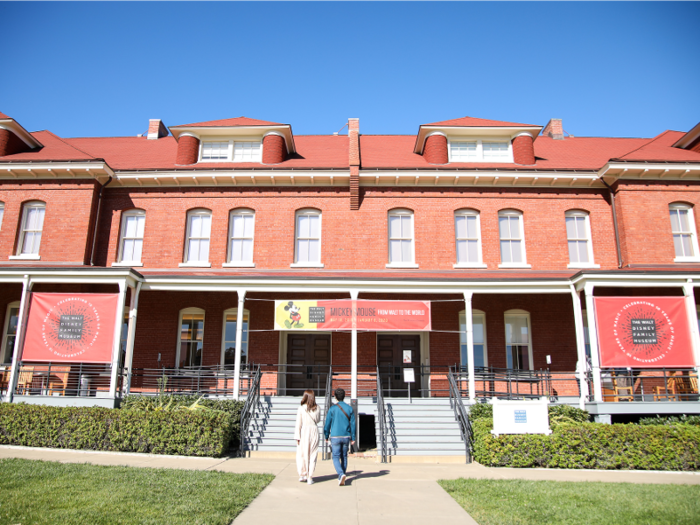
Source: Presidio
But Fort Scott is the only part of the site that hasn't been restored — its ring of Mission-style barracks across 30 acres has been left untouched, except for a portion that house the National Park Service Police and the World Economic Forum, host of the annual Davos summit in Switzerland.
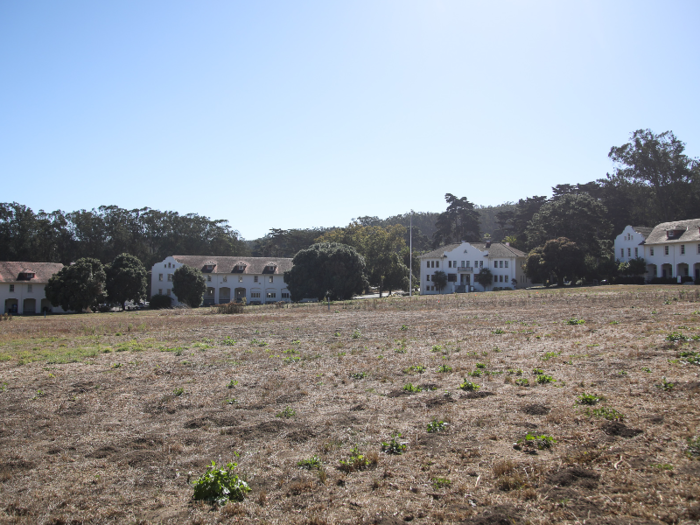
Source: The San Francisco Chronicle
The costs to revamp the historic Fort Scott site totaled more than $200 million, funds that the Presidio Trust decided it could recruit from elsewhere through a development competition.
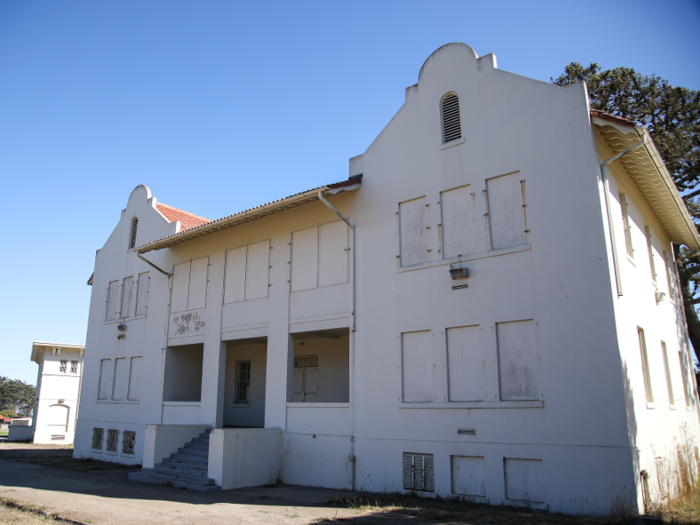
Source: The San Francisco Chronicle
So in 2018, the Presidio Trust launched the Fort Winfield Scott Campus for Change project asking for "mission-driven organizations" to submit proposals that would breathe new life into the fort and its 22 historic buildings.
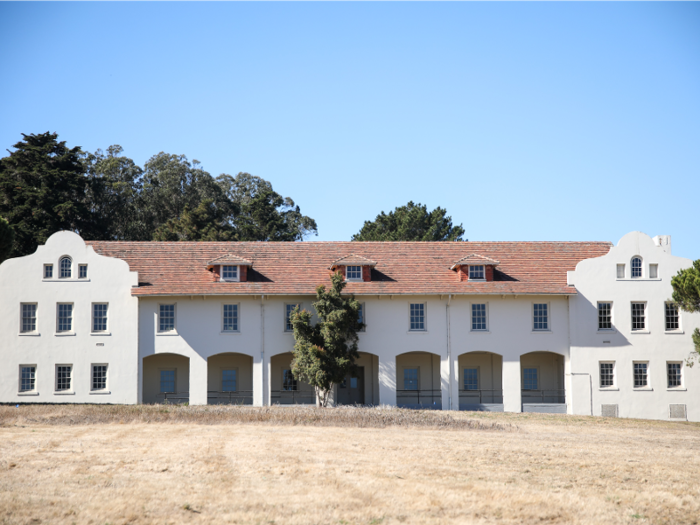
Source: The San Francisco Chronicle
The ideal organization's proposal would detail how it plans to serve a "higher purpose" through the fort. It would outline how it plans to restore and utilize the site's 22 structures, how it would be environmentally and financially sustainable, and how it would engage the public.
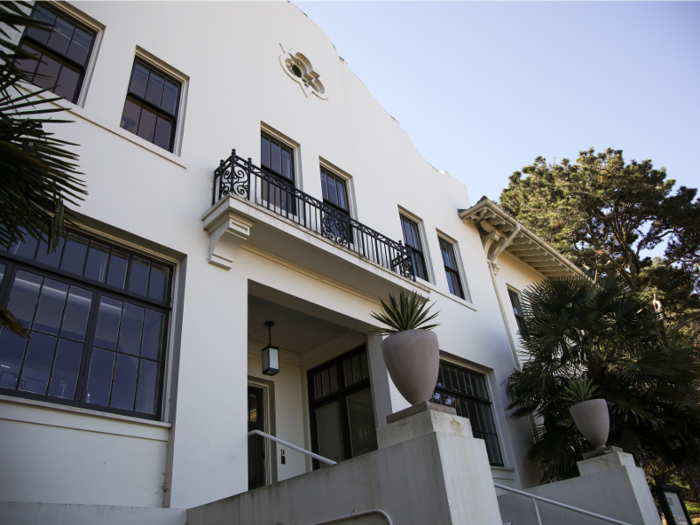
There would also be community spaces, a transit center, and incubator space for startups.
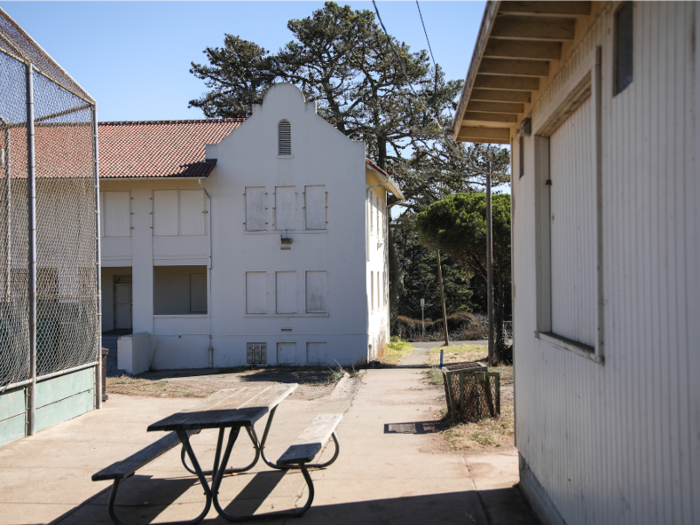
Source: The San Francisco Chronicle
Initially, there were multiple teams in the running for the project, until early 2019, when four of them consolidated their efforts into a single proposal, as reported by the San Francisco Chronicle.
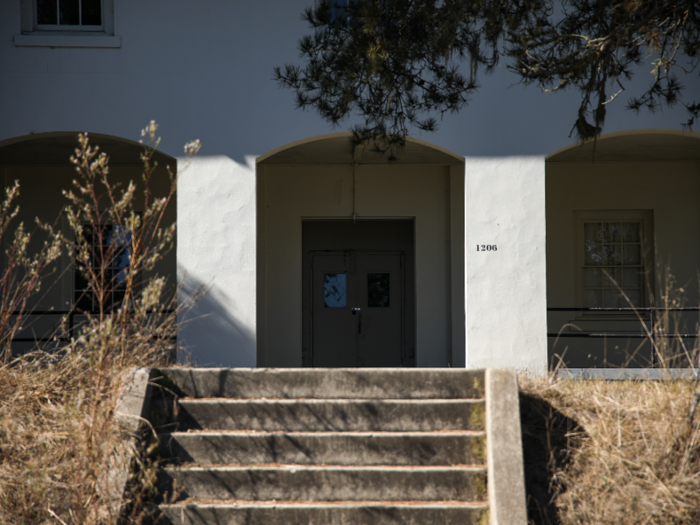
Source: The San Francisco Chronicle
One of the organizations was the coworking startup WeWork, which is currently still reeling from its botched IPO attempt and subsequent ousting of CEO Adam Neumann. WeWork specifically would manage the campus.
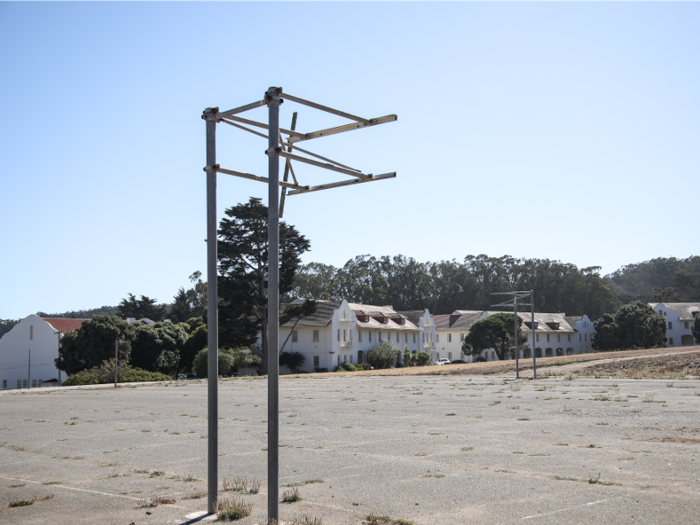
There's also the for-profit OpenAI founded by Tesla CEO Elon Musk and backed by prominent Silicon Valley investor Peter Thiel, whose Founders Fund sits on the eastern side of the Presidio. OpenAI focuses on artificial intelligence that "benefits all of humanity," according to its website.
Source: OpenAI
And the fort's existing tenant, the World Economic Forum, and EPIC, a non-profit devoted to climate change issues, were also involved in the joint proposal.
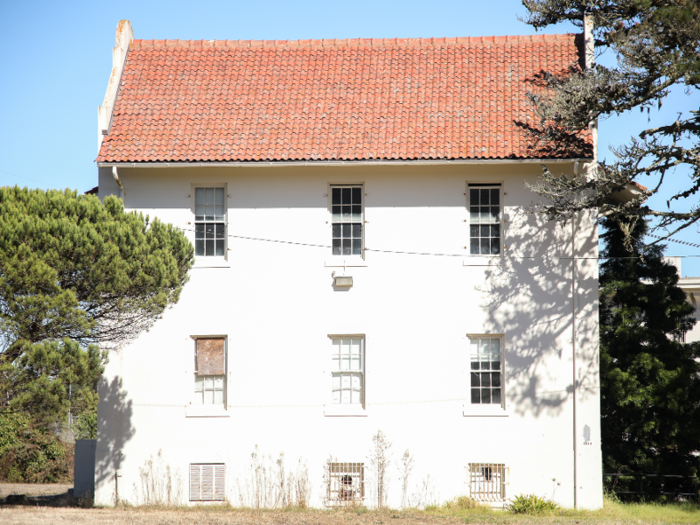
Source: The San Francisco Chronicle
The Presidio Trust initially approved of the joint effort until it found some cause for concern in the proposal.
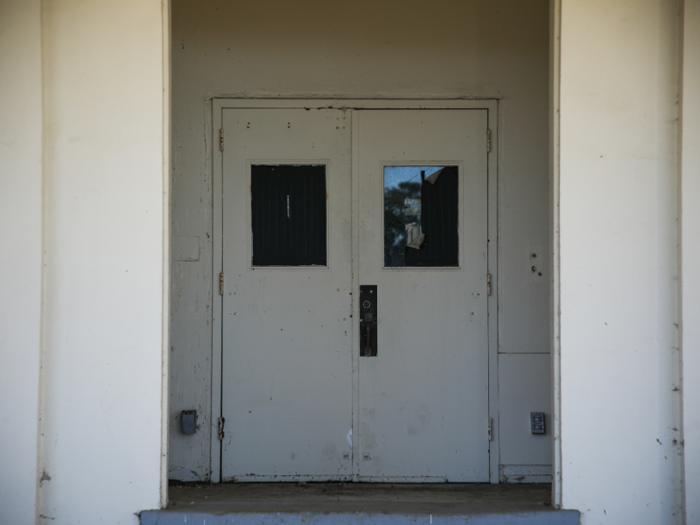
Source: The San Francisco Chronicle
The initial request stipulated that the chosen developers would shoulder certain costs, like for the transit center that would be built. But the proposal asked the trust to pay for those costs instead of the money coming from the development team.
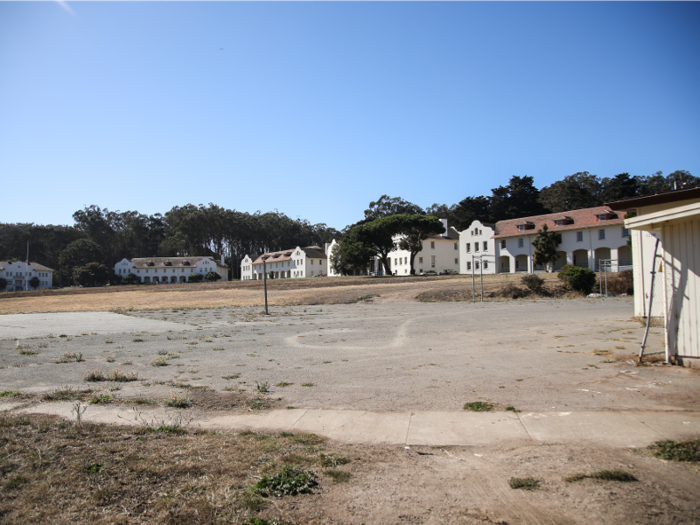
Source: The San Francisco Chronicle
The request also required the project to pay for relocating the National Park Police elsewhere, since it operates out of four of the buildings at the fort.
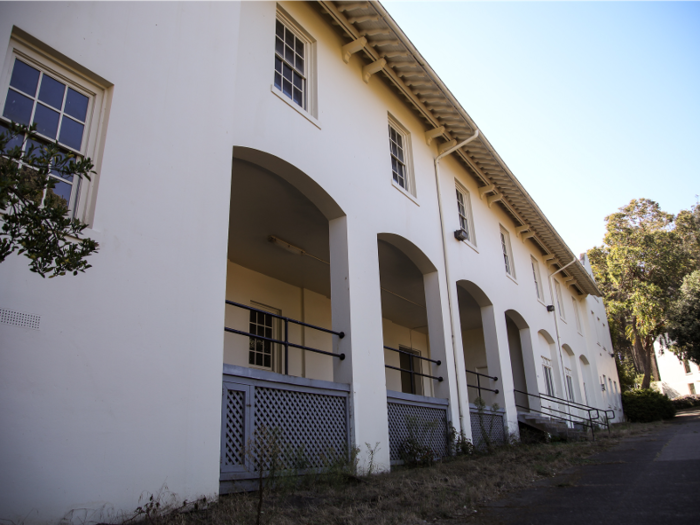
But the proposal detailed that those fees would be recovered from the trust's pockets, not from the development team.
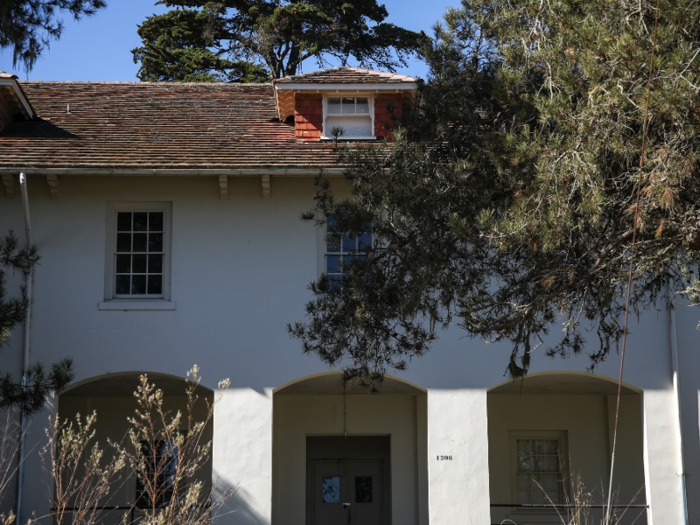
Source: The San Francisco Chronicle
And the trust staff overall found the organizations involved to be dismissive of the project's goal of effecting social and environmental impact at the historic site versus merely using it for financial gain.
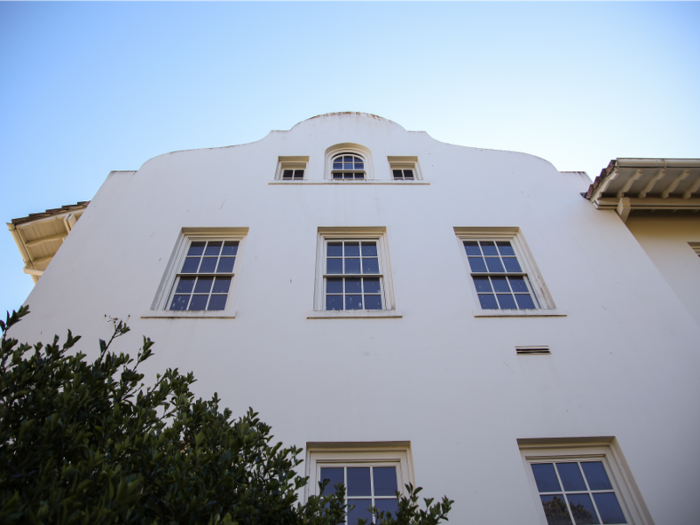
Source: The San Francisco Chronicle
So in April 2019, the trust staff deemed the proposal a "nonstarter" in a preliminary recommendation and advised the trust's board to reject it.
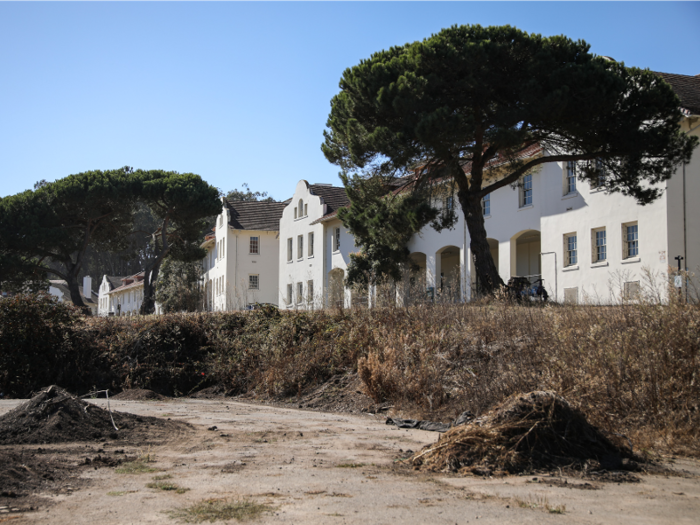
Source: The San Francisco Chronicle
Following the report, Equity Community Builders, one of the developers involved in the proposal, told the San Francisco Chronicle that it was "premature to reach those (negative) conclusions without appropriate dialogue, without us being able to sit down and walk through the details."
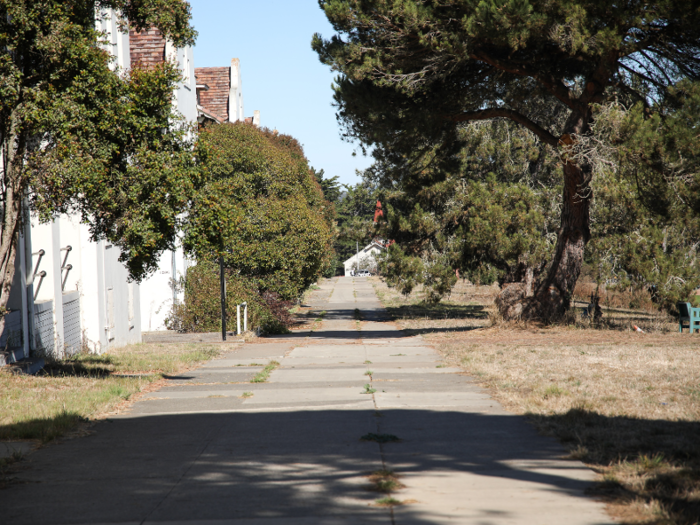
Source: The San Francisco Chronicle
The trust staff required the members to revise the proposal, and though there was "significant progress" in it, the board heeded the staff's advice and officially rejected the proposal in June 2019.

Source: The San Francisco Chronicle
William Grayson, chair of the Presidio Trust board of directors, said that the proposal "didn't meet enough of the Presidio Trust's requirements to move forward," according to a press release.
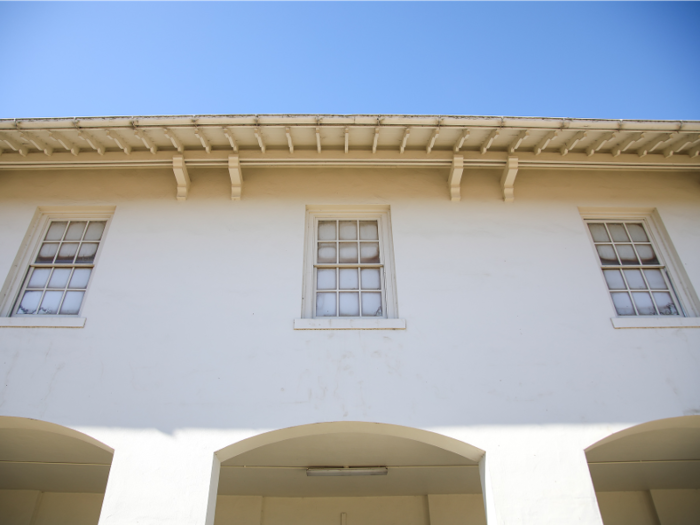
Source: The San Francisco Chronicle and Presidio
So the board decided that the fort's development should be overseen by the trust and the trust alone at its own pace as funds allow.
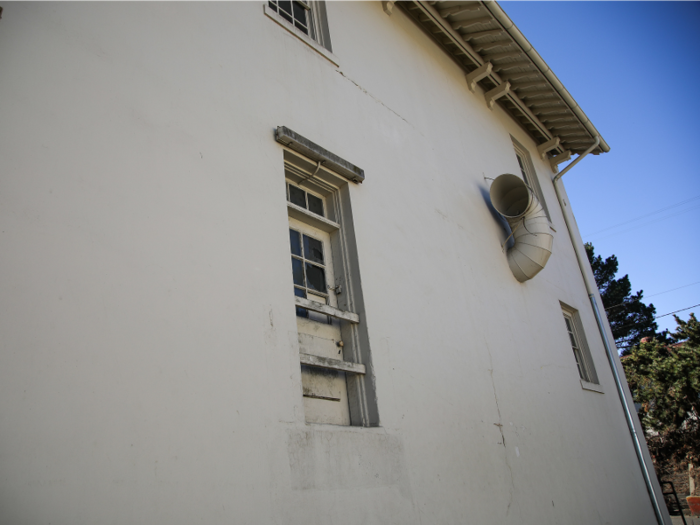
Source: Presidio
It will eventually be a campus of sorts but will serve the "higher purpose originally envisioned" by the Presidio Trust.
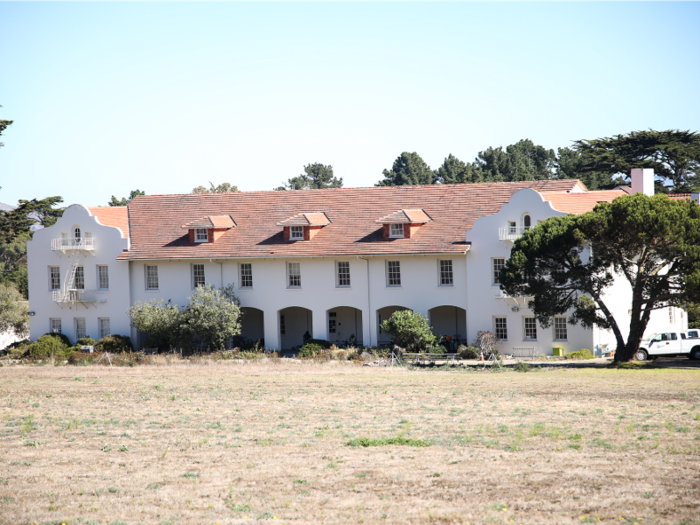
Source: Presidio
And until then, the historic buildings at Fort Scott will continue to sit untouched with the city's signature Golden Gate Bridge next door.
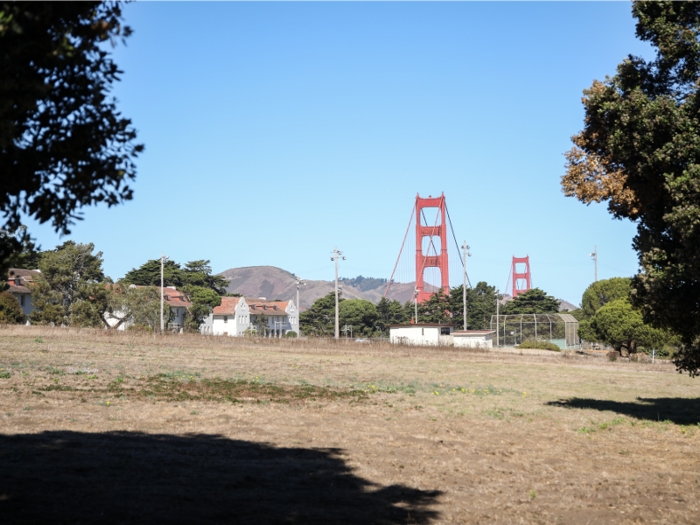
Popular Right Now
Popular Keywords
Advertisement